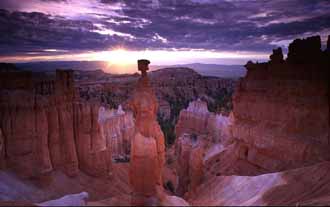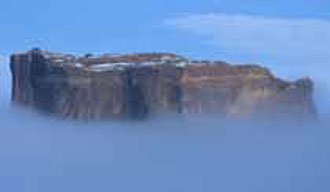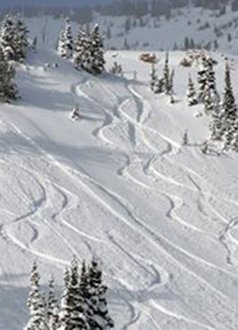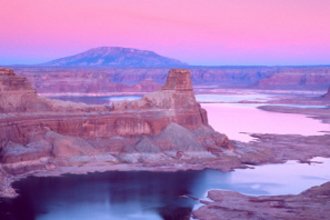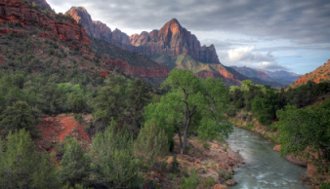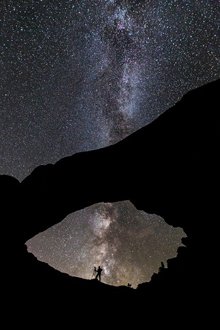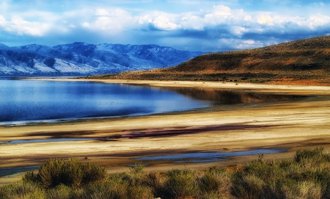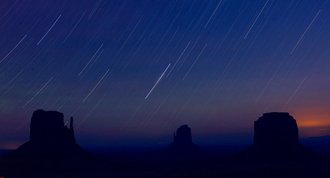That You Were Never The Same?
Utah Bighorn Sheep
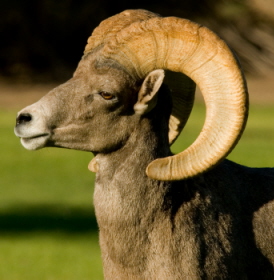
Three Subspecies in Utah
There are three subspecies of Utah bighorn sheep:
- desert bighorn - found in several different parts of southern Utah.
- California bighorn- recently introduced to Antelope Island and the Newfoundland Mountain Range.
- Rocky Mountain bighorn - found in Utah County, Flaming Gorge, the North Slope of the Uinta Mountains, Desolation Canyon and in Dinosaur National Monument.
Viewing bighorns in the wild is a truly memorable and exciting experience. They are one of the most magnificent animals in North America. And they live in some of the most remote and beautiful areas in the west.
Have you ever seen one of those nature videos of two rams charging each other at full speed? Crashing their horns together in a battle for dominance. In slow motion, it’s even more astounding.
Once Utah's Predominant Big-Game Animal
According to biologists, Utah bighorn sheep were the predominant big-game animal in the state prior to the arrival of the pioneers. Agriculture and domestic sheep grazing pretty much wiped them out. Domestic sheep and wild sheep simply can’t co-exist.
Estimates in 2000 put the number of Rocky Mountain bighorns in Utah at 1,000. California bighorns on Antelope Island at 100. And desert bighorns at around 2,800.
The total population of all three sub-species of Utah bighorn sheep is now estimated at more than 5,000. But it’s an ongoing battle as bighorns have very little resistance to most of the diseases domestic sheep simply shrug off.
Mature Rocky Mountain bighorns are almost twice as heavy as desert bighorns. A mature Rocky Mountain ram can weigh close to 300 pounds. Desert rams don’t normally exceed 150 pounds.
California bighorns fall somewhere between the other two in terms of size. And in all three sub-species, ewes are about 60% as big as the rams.
One interesting point to make note of is that recent studies indicate there may be no genetic differences between Rocky Mountain and California bighorns. They may actually be members of the same sub-species.
Places to View Utah Bighorn
Some fantastic bighorn sheep viewing opportunities are available throughout the state. If you go to one of the following places, you should give yourself a great chance to see some:
- Sheep Creek Geological Loop south of Manila.
- Flaming Gorge Reservoir.
- Hole-in-the-Rock south of Lone Tree, Wyoming.
- Cisco to Moab Drive along the Colorado River.
- Dead Horse Point State Park north of Moab.
- Antelope Island State Park – I’ve hiked this park and seen California bighorn on the trails.
- White Rim Trail in Canyonlands National Park.
Back to top
Back to Utah Wildlife
Back to Home Page



